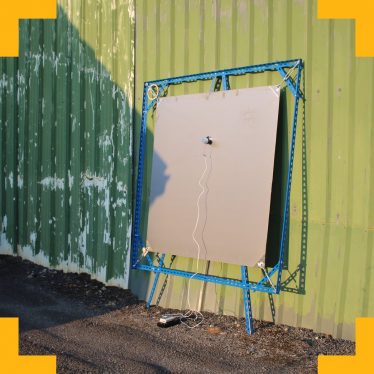Seedcorn 2020/2021
What did the project involve?
Much like air quality, the sounds of our cities affect our wellbeing and health. This project explored how noise pollution in the city can be mapped and the effect of noise on people’s wellbeing.
The team set about creating a sound walk based around the past, present and future soundscapes of Spike Island in Bristol. Bringing in the expertise of three local sound artists, the sounds of the Harbourside were captured, modified, and revealed and woven into the narrative of the walk. Participants on the tour, which premiered at the Bristol Open Doors festival, were led towards unexpected areas of calm, hidden sounds, and invigoratingly noisy places.
Ultimately, they aimed to work with participants to establish how citizens can live well with the sounds of Bristol.
Using questionnaires and creative probes, the researchers looked at areas where noise had positive and negative impacts on participants’ moods. From that, they were able to map the city’s soundscapes and highlight potential areas of interest.
Who are the team and what do they bring?
- Joshua Taylor (Faculty of Engineering, University of Bristol) trained as an engineer and has a wide skill set in social enterprise, citizen science, experiment design, public engagement, communication as well as hardware and software design. His research focus is in applying novel technologies to improve the environmental sustainability of society.
- Jameson Musyoki (Acoustician and Musician) brought a passion for art and music combined with a strong interest in technology, computer modelling, design, research and consultancy.
- Peter Bennett (Computer Science, University of Bristol) lectures in Human-Computer Interaction in the University of Bristol's department of Computer Science. His research is centred around tangible interfaces, playful interaction and musical systems.
- Anna Rutherford (The Architectural Centre) is an experienced CEO and cultural producer. Originally a Biochemist, she left medical research to establish Bristol’s first major Pride Festival, before leading international arts organisations In Between Time & Situations. Since 2018, Dr. Rutherford has led the transformation of The Architecture Centre on Bristol Harbourside. She is experienced in leading major projects and building inter-sectoral partnerships.
- Stephen Hilton (City Global Futures) has over 20 years’ experience of developing strategy and delivering innovative and impactful projects with cities, government bodies, universities, businesses and communities. Stephen is a Fellow of the new University of Bristol Digital Futures Institute; Fellow of the Bristol+Bath Creative R+D Cluster, which is examining Digital Placemaking. He is Strategic Advisor on Smart Cities to the West of England Combined Authority and a Trustee of the Architecture Centre.
What were the results?
With the focus areas established, they started ‘building instruments for buildings’. The instruments created sound either passively (for example, using wind) or actively (for example, using a speaker). This transplanted pleasurable sounds into areas affected negatively by noise pollution, such as taking the sound of lapping Harbourside water and placing it next to a busy road.
At Bristol Open Doors 2021, the team created a sound walk using the established Hidden Bristol audio tour app as a platform. You can listen to the sound walk here: https://buildinginstruments.com/walk/
If you would like to follow the journey of this research, see the Building Instruments blog: https://buildinginstruments.com/blog/
